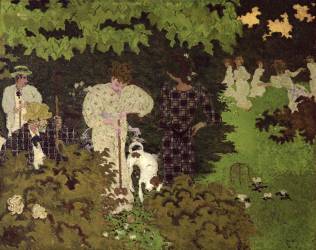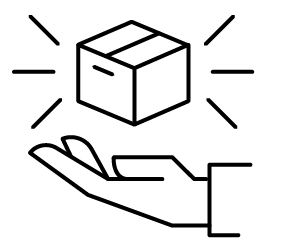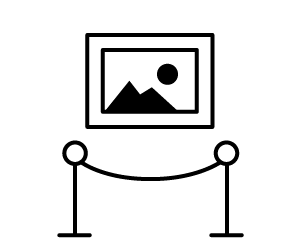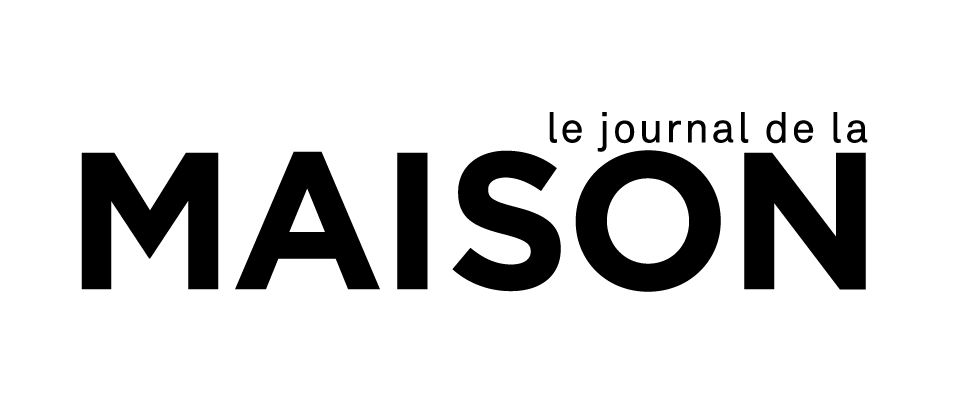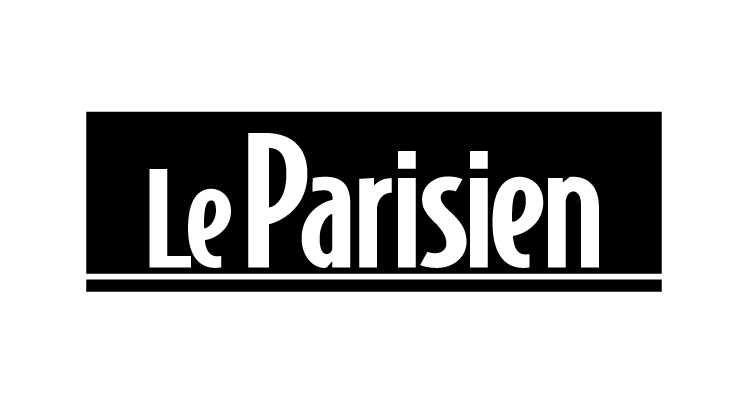Artwork of Pierre Bonnard
Co-creator of the Nabis group, and one of the leading post-Impressionist artists of the late 19th and early 20th centuries, Pierre Bonnard devoted his entire life to his art, which he challenged to achieve the perfect balance between composition and color.
Discover some of the French painter and printmaker's finest works, including his oil on canvas "Nue rose dans la baignoire" (private collection), a painting representing one of his wife Marthe's many nudes, "L'Amandier en Fleurs", a still life in oil on canvas from his last years at his home in Le Cannet, and "Paris, le Pont des Arts" (private collection), an Impressionist painting produced after his first reappraisal in 1895.
Treat yourself to a reproduction of one of the most influential artists in French painting and art history, and discover his biography.
Biography of Pierre Bonnard
Pierre Bonnard's youth: drawing as a profound vocation.
Pierre Bonnard was born in Fontenay-aux-Roses, France, in 1867, into a 19th-century petty-bourgeois family. In the midst of nature, the young Pierre Bonnard discovered a passion for painting, navigating between his studies and a vocation as an artist, regularly painting portraits of his sister and the composer Claude Terrasse, whose wife she became in 1890, and with whom Bonnard was close. A good student, he graduated as a lawyer in 1888, but never abandoned drawing and painting, regularly devoting his spare time to sketching during his recurrent visits to the courtroom, which he saw as a drawing studio.
Constantly painting, notably plein-air landscapes of Paris, Chatou, Bougival and the Dauphiné, Pierre Bonnard chose to study law, and after a spell at the École des Arts Décoratifs, entered the École des Beaux Arts in 1886. It was at the Académie des Beaux Arts that he rubbed shoulders with a number of up-and-coming artists, and met Édouard Vuillard, with whom he forged a close friendship that would last throughout his life. At the Beaux-Arts, although Pierre Bonnard discovered the academic art that would later lead him to his numerous productions of female nudes, the rigidity of the teaching provided at the Louvre did not appeal to him. Aspiring to greater freedom in his painting, he joined the Académie Julian, a private art school offering greater flexibility in the way he painted, and where Bonnard was able to give free rein to his creativity by reworking colors and participating, alongside painters Paul Sérusier, Maurice Denis, Henri-Gabriel Ibels and Paul-Élie Ranson, in a genuine reflection on the creation of a new way of looking at art.
Pierre Bonnard, instigator of the Nabis group.
In 1888, still at the Académie Julian, Pierre Bonnard and his friends were fascinated by a painting on a cigar box brought back by Paul Sérusier from his trip to Brittany. This painting, "L'aven au bois d'amour", produced under Gauguin's direction, was to become a veritable talisman for the group of young painters. Inspired by Gauguin and his use of pure color, but also by other Impressionist and post-Impressionist works, such as those by Vincent Van Gogh and Cézanne, Pierre Bonnard and his friends created the Nabis group. In addition to Pierre Bonnard, the first painters to join this young artistic movement were Vuillard, Vallotton and Ker-Xavier Roussel, who were soon joined by others, including Odilon Redon, and then Gauguin himself. In their studio on Boulevard Montparnasse, bright colors were used to depict the world in an emotional way, without conforming to the narrow, realistic representation of traditional art. While some of the Nabi group turned to the esoteric and spiritual, Pierre Bonnard preferred to paint modern life, without creating a major conflict, as art took precedence over each individual's vision. The modernity inspired by the Nabis began to resonate with the public, and they held their first exhibition in the gallery of Ambroise Vollard, the famous avant-garde art dealer, in 1897.
Inspired by Japonism, then in vogue in Europe, Pierre Bonnard began in 1889 to produce a whole gallery of canvases inspired by Japanese prints. Although he continued to work in oil on canvas, he also began to produce decorative paintings on screens, and was soon dubbed "Le nabi japonard" by his own artistic family.
As the painter's name became increasingly recognized for his work in the decorative arts, Bonnard, who regularly took part in the Salon des Indépendants, continued to produce works as part of the Nabis group, in a quest for total art that combined painting, music, poetry and theater. In the early 1890s, he began producing posters, engravings and lithographs in a Japanese style, providing him with sufficient income to live from his art.
Meeting Pierre Bonnard's muse Marthe.
In 1893, Pierre Bonnard met a young artificial flower seller called Marthe on a streetcar. Quickly seduced, the young painter took her on as a model, and she became his mistress. It was with Marthe's arrival in Bonnard's life that the artist's production of nudes increased dramatically. The woman who would become his wife years later, in 1925, would be represented by the artist in over 140 paintings, mainly in oil on canvas or watercolor, and 700 drawings over the course of his life. Inspired by his companion, he painted her portrait as part of his everyday activities, producing art that reflected the present moment.
A turning point towards Impressionist painting for Pierre Bonnard.
After more than 10 years as a member of the Nabis, Pierre Bonnard changed his painting style in 1895. As Post-Impressionism was developing at the end of the century, Bonnard discovered the Impressionist movement and the great French painters of this style in the art galleries of the Musée du Luxembourg. The French painter's works then moved towards the Impressionist style, with balanced, realistic colors, far from the abstraction advocated by the Nabi movement, and the aspiring Impressionist painter's paintings emphasized the atmosphere of real-life subjects, represented in a whole gallery of oil paintings. Wishing above all to emancipate himself alongside the young Impressionist painters, Bonnard produced canvases on the theme of landscape as well as portraiture, painted interior scenes of everyday life, while continuing to produce lithographs. He also took advantage of this period to try his hand at sculpture, and even became one of the first photographers to see this totally new technique as a genuine artistic expression.
Between Paris, Impressionist Normandy and the South, the period of maturity for Pierre Bonnard.
At the dawn of the twentieth century, Pierre Bonnard wanted to see more than just Paris, and was eager to travel. Italy, Spain, Germany, Belgium, the Netherlands and the United Kingdom - he traveled the length and breadth of Europe and its museums, discovering the works of the great foreign painters. He even went as far as Algeria and Tunisia with Marthe in 1908. Alongside his travels abroad, Pierre Bonnard also traveled in France, visiting Normandy, the land of the Impressionists, as well as the south of France.
It was during a stay in Saint Tropez that he met Paul Signac, with whom he regularly exchanged views on the use of color in the post-Impressionist painting he now practiced. Captivated by the light and color of the southern landscape, but never forgetting what the Paris region had to offer, Bonnard moved between winters in residences in Antibes, Cannes or Saint-Tropez, and summers in Paris. Continuing to paint, it was also during this period that the artist's works were exhibited at the Bernheim brothers' gallery. In the garden of his house in Vernon, which he bought in 1912, Bonnard painted his wife in a series of oil-on-canvas pictures, the painter, although attracted by the hectic life of Paris, appreciating above all the calm of nature offered by the village.
Pierre Bonnard: the period of questioning.
In 1913, in constant search of a vision, Pierre Bonnard questioned his stubborn focus on light and color, to the detriment of form and line.
In addition to his female nudes, portraits and landscapes, he added several seascapes and still lifes to his oeuvre, in an artistic quest for composition and staging akin to photography. Returning to drawing and sketching, to the point of expressing mood through line rather than color, this constant research led him to move away from plein-air painting, often favored by landscape painters, to note variations in mood in writing, and reproduce landscapes and scenes of life in the studio.
At the same time, Bonnard continued to work in decorative art, a field in which he excelled. Recognized throughout Europe, he painted numerous panels and villa decorations, and began making theater sets and other commissions that were exported from Switzerland to Russia.
The 20s were calmer for Bonnard. Although he escaped the First World War - the French painter was not mobilized - he lost his mother in 1919, and his friend Claude Terrasse and his sister in 1923. Landscapes and still lifes took on a dominant role in his work, and it was also during this period that he made friends with many famous painters, such as Claude Monet and Henri Matisse. In 1921, the Bernheim brothers organized a major exhibition of 24 canvases and several panels by Bonnard, made during the war, and in 1924, a retrospective of 68 works by the artist was presented in Paris by the Eugène Druet gallery. From then on, Pierre Bonnard's work was recognized the world over, even in the United States, a new art stronghold.
Having married Marthe in 1925, and still attracted by nature, the French painter acquired his house "Le Bosquet" in Le Cannet, where he set up his studio, between the sea and the Esterel massif, and where he painted views of his garden over a hundred times.
The end of Pierre Bonnard's life: painting as a refuge.
From 1930 onwards, Pierre Bonnard continued to travel throughout France. He produced numerous works in parallel, which he returned to time and again to correct and improve according to his whims. Although he wanted to put drawing back at the forefront of his compositions, his deep-seated search for color was still evident after he returned to watercolors, which he found bland.
In 1938, he sold "Ma Roulotte", his house in Vernon, and moved to Le Cannet in 1939, at the start of the Second World War. Affected by the harshness of the conflict, he took refuge in painting, mainly of nature, painting flowers and fruit from his garden. Opposed to the war, he refused to travel to Berlin to exhibit his work, and to paint a commissioned portrait of Pétain.
In 1940, he learned of the death of his lifelong friend Édouard Vuillard, but also of other close friends in the following years, with the passing of his brother and friends Joseph Bernheim, Ker-Xavier Roussel, and finally Marthe, who died in 1942. These events gave rise to a whole series of self-portraits that brought out his melancholy.
In 1945, he returned to Paris, liberated at last, for a long stay during which he was once again able to roam the streets of the capital and draw inspiration from the modern life he loved so much. In 1946, the Bernheim sons held the last retrospective of his life at their gallery.
After a final trip to Paris, Pierre Bonnard passed away at his home in "Le Bosquet", Le Cannet, on January 23, 1947, after a final brushstroke on his last painting, "L'Amandier en fleur".
Pierre Bonnard's legacy.
Pierre Bonnard left his mark on painting, having laid the foundations, with the Nabis, for the total art subsequently advocated by others during the first half of the 20th century, and having brought color to the forefront in his paintings, while tirelessly questioning its place in his work.
Today, his Impressionist and Nabi paintings can be found in numerous museums, from the Musée Marmottan Monet to the exhibition catalog at the Musée d'Orsay in Paris, the Musée d'Orsay having the largest collection of the artist's paintings, as well as in the permanent collections of the Museum of Fine Arts in Boston, Berne and Pitsburgh, and in temporary exhibitions such as the Musée d'Art Moderne in Paris in 2006. His plethora of drawings and paintings is also represented in numerous private collections, including his painting "Paysage du Dauphiné" (private collection) and his still life "Le Compotier" (private collection).
Learn more about the life and the works of Pierre Bonnard.


































